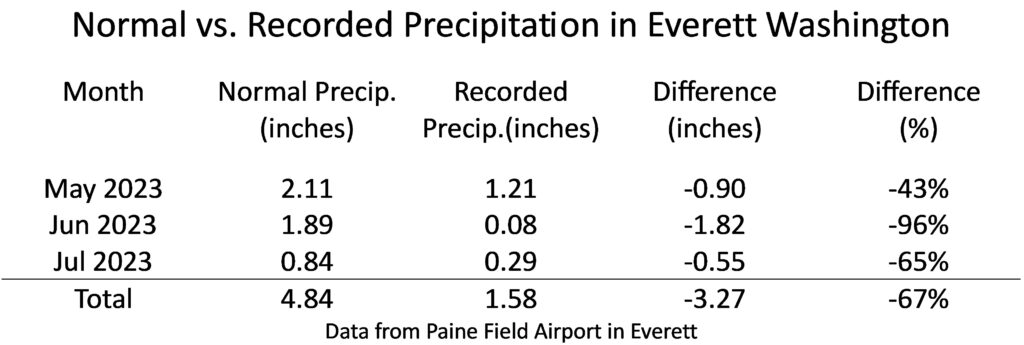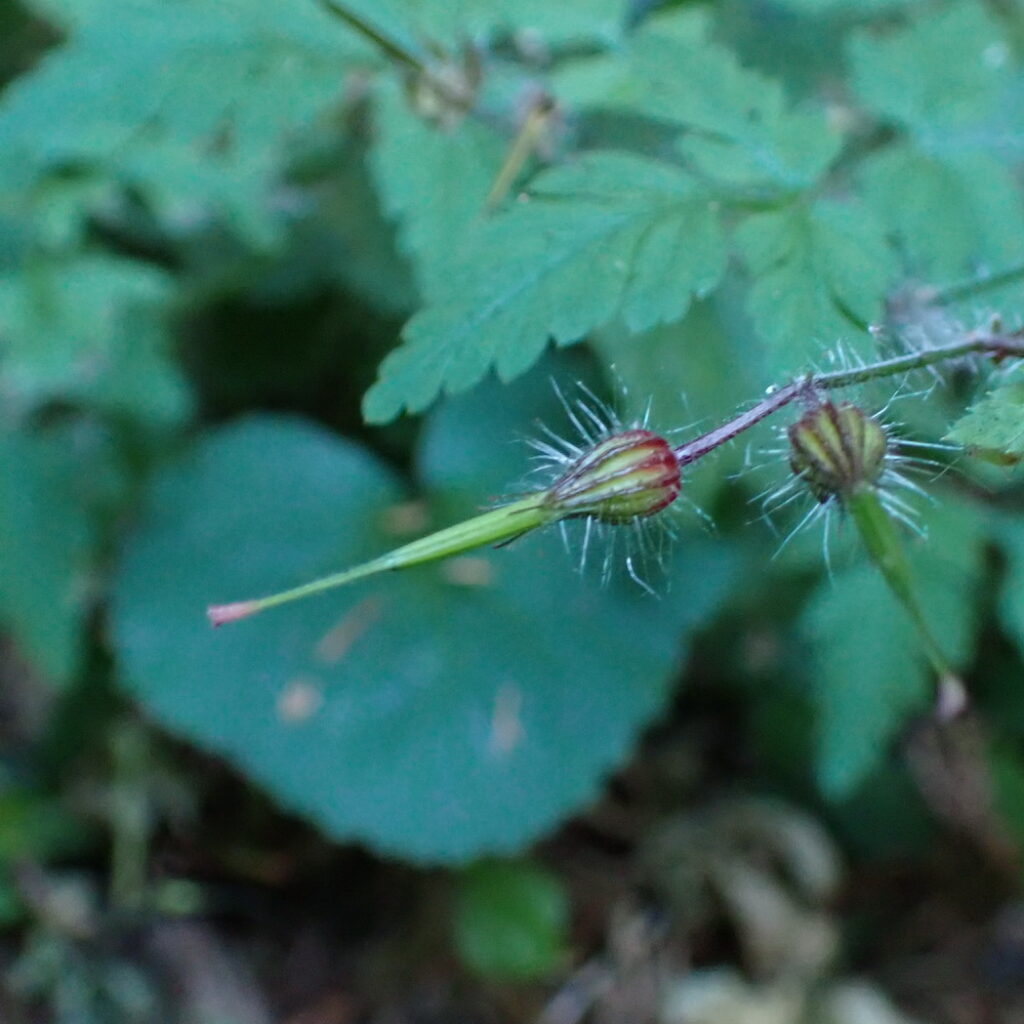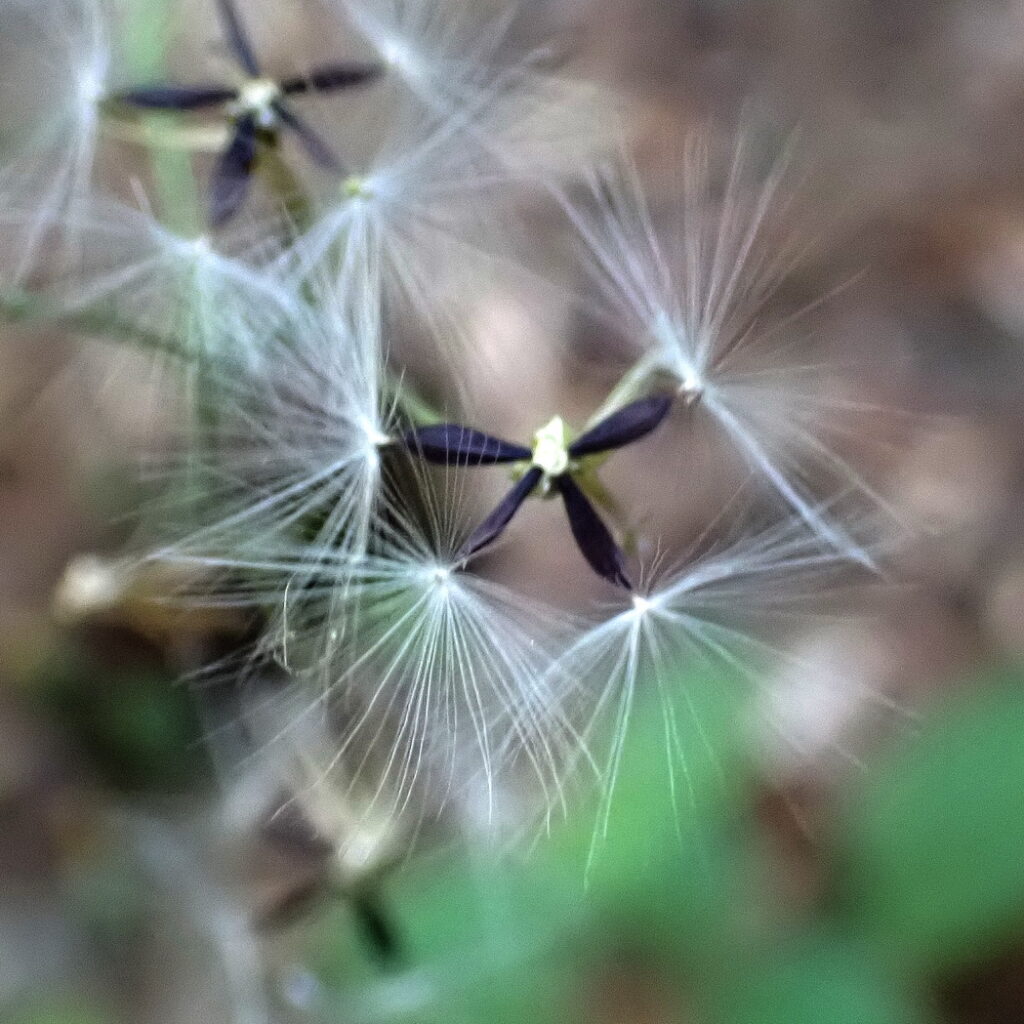The Weeds of August in a Dry, Dry Season
A Dry, Dry Season
So far, this has been an unusually dry, dry season as shown in the following table and graph. Our accumulated precipitation in Everett is over three inches behind the 30-year normal for May through July of this year and has been falling behind since September of last year.


The Weeds of August
The annual weeds in Forest Park have slowed but have not entirely stopped growing and blooming. Between rounds of watering trees planted last October, I’m still pulling some Herb Robert, Nipplewort, Wall Lettuce, and Creeping Buttercup.
Herb Robert (Geranium robertianum)
Most of the Herb Robert that germinated this spring has not yet started to flower, but if I don’t manage to remove it now, it will likely winter over and start blooming very early next spring.

Nipplewort (Lapsana communis)
By early summer, Nipplewort can produce dozens of flowers on stalks over three feet high. However, later in the dry season, some stunted plants manage only a few flowers on stalks as short as five inches. I think these August runts are just stunted from a late start and lack of moisture. I hope that my prior years of selective hand weeding have not resulted in a new, dwarf subspecies.

Wall Lettuce (Lactuca muralis)
In Forest Park, the Wall Lettuce tends to flower later than the Nipplewort and produce fewer stunted late bloomers. I always overlook some Wall Lettuce plants that I don’t spot until they have already gone to seed, and I wonder if it still makes sense to pull them. I think so, because Wall Lettuce, more than Nipplewort, tends to winter over at least once and sometimes even twice.


Creeping Buttercup (Ranunculus repens)
I am still working on Creeping Buttercup in various “infestations” scattered around Forest Park. I find that the late dry season is still a good time to work on these patches, though getting the roots sometimes requires the use of a hand digging tool. My strategy is to construct and maintain modified Bradley Lines around the patches, and then gradually “tighten the noose” over a period of several years.
